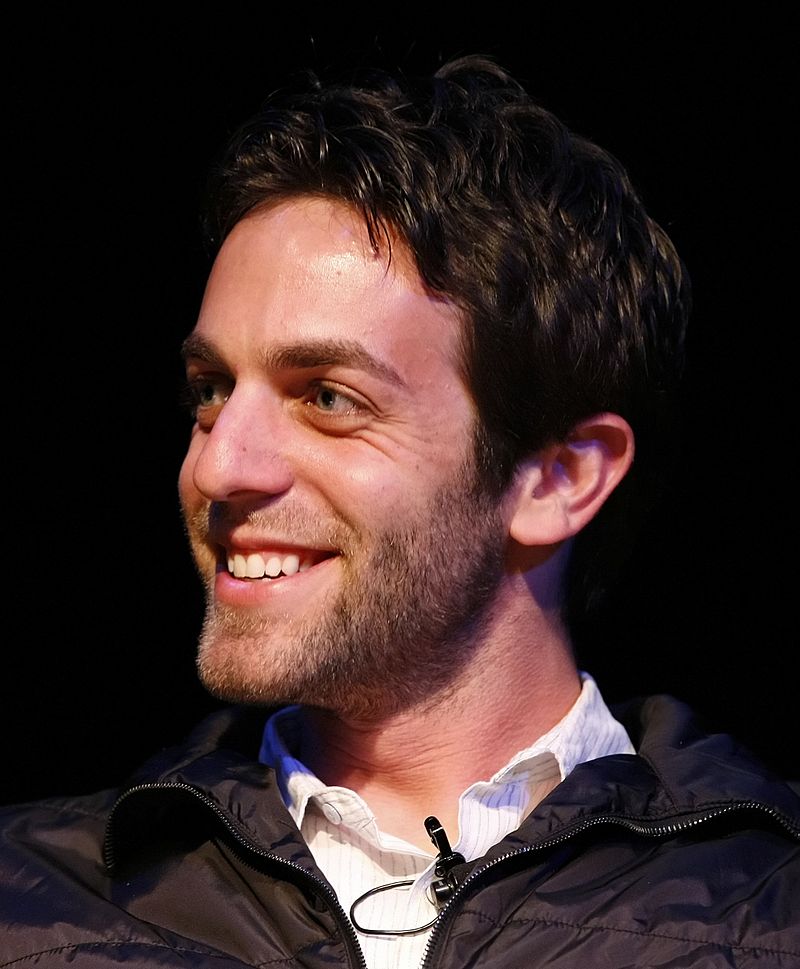 author
authorDiscover the Best Books Written by Lewis Carroll
Charles Lutwidge Dodgson (/ˈlʌtwɪdʒ ˈdɒdʒsən/; 27 January 1832 – 14 January 1898), better known by his pen name Lewis Carroll, was an English author, poet, and mathematician. His most notable works are Alice's Adventures in Wonderland (1865) and its sequel, Through the Looking-Glass (1871). He was noted for his facility with wordplay, logic, and fantasy. His poems Jabberwocky (1871) and The Hunting of the Snark (1876) are classified in the genre of literary nonsense.
Carroll came from a family of high-church Anglicans and developed a long relationship with Christ Church, Oxford, where he lived for most of his life as a scholar and teacher. Alice Liddell, the daughter of Christ Church's dean Henry Liddell, is widely identified as the original inspiration for Alice in Wonderland, though Carroll always denied this.
An avid puzzler, Carroll created the word ladder puzzle (which he then called "Doublets"), which he published in his weekly column for Vanity Fair magazine between 1879 and 1881. In 1982 a memorial stone to Carroll was unveiled at Poets' Corner in Westminster Abbey. There are societies in many parts of the world dedicated to the enjoyment and promotion of his works.
Dodgson's family was predominantly northern English, conservative, and high-church Anglican. Most of his male ancestors were army officers or Anglican clergymen. His great-grandfather, Charles Dodgson, had risen through the ranks of the church to become the Bishop of Elphin in rural Ireland. His paternal grandfather, another Charles, had been an army captain, killed in action in Ireland in 1803 when his two sons were hardly more than babies.
The older of these sons, yet another Charles Dodgson, was Carroll's father. He went to Westminster School and then to Christ Church, Oxford. He reverted to the other family tradition and took holy orders. He was mathematically gifted and won a double first degree, which could have been the prelude to a brilliant academic career. Instead, he married his first cousin Frances Jane Lutwidge in 1830 and became a country parson.
Dodgson was born on 27 January 1832 at All Saints' Vicarage in Daresbury, Cheshire,[8] the oldest boy and the third oldest of 11 children. When he was 11, his father was given the living of Croft-on-Tees, Yorkshire, and the whole family moved to the spacious rectory. This remained their home for the next 25 years. Charles' father was an active and highly conservative cleric of the Church of England who later became the Archdeacon of Richmond and involved himself, sometimes influentially, in the intense religious disputes that were dividing the church.
He was high-church, inclining toward Anglo-Catholicism, an admirer of John Henry Newman and the Tractarian movement, and did his best to instill such views in his children. However, Charles developed an ambivalent relationship with his father's values and with the Church of England as a whole.
During his early youth, Dodgson was educated at home. His "reading lists" preserved in the family archives testify to a precocious intellect: at the age of seven, he was reading books such as The Pilgrim's Progress. He also spoke with a stammer – a condition shared by most of his siblings – that often inhibited his social life throughout his years. At the age of twelve, he was sent to Richmond Grammar School (now part of Richmond School) in Richmond, North Yorkshire.
Best author’s book























